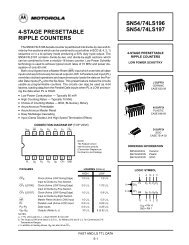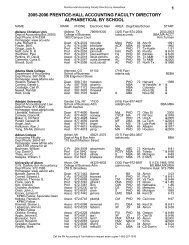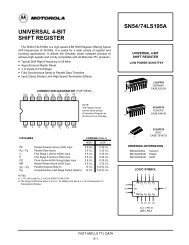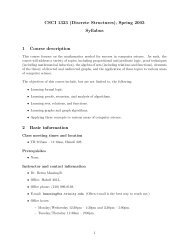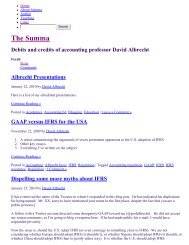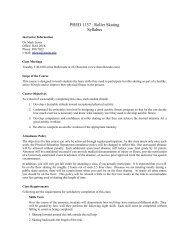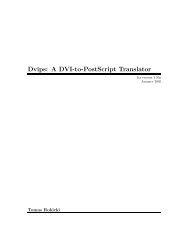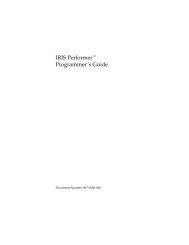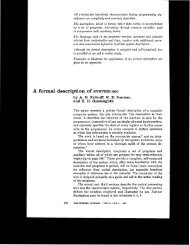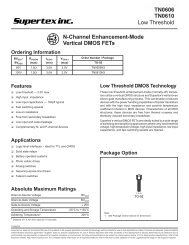fair value hedge accounting for a portfolio hedge of interest rate risk
fair value hedge accounting for a portfolio hedge of interest rate risk
fair value hedge accounting for a portfolio hedge of interest rate risk
Create successful ePaper yourself
Turn your PDF publications into a flip-book with our unique Google optimized e-Paper software.
EXPOSURE DRAFT OF PROPOSED AMENDMENTS TO [DRAFT] IAS 39 AUGUST 2003<br />
BC24. The Board concluded that approach D is the most consistent with<br />
IAS 39, and decided to propose this approach. In particular, the Board<br />
concluded that the <strong>hedge</strong>d item should be designated in such a way that<br />
if the entity changes its estimates <strong>of</strong> the maturity time periods in which<br />
items are expected to repay or mature (eg in the light <strong>of</strong> recent<br />
prepayment experience), ineffectiveness arises, both when estimated<br />
prepayments decrease, resulting in more in a particular maturity time<br />
period, and when they decrease, resulting in less.<br />
BC25. The Board considered the following arguments against approach D:<br />
(a) The entity is hedging <strong>interest</strong> <strong>rate</strong> <strong>risk</strong> rather than prepayment<br />
<strong>risk</strong>.<br />
(b)<br />
So long as assets equal to the <strong>hedge</strong>d portion remain, there is no<br />
ineffectiveness. For example, if in a time period an entity<br />
estimates there are fixed <strong>rate</strong> assets <strong>of</strong> CU100 and designates<br />
CU20 <strong>of</strong> assets as the <strong>hedge</strong>d amount, provided that any change<br />
in estimate does not result in there being less than CU20 <strong>of</strong><br />
assets in this maturity time period, there are still sufficient<br />
assets to be covered by the hedging derivative.<br />
BC26. Some <strong>of</strong> the bank representatives whom Board members consulted<br />
favour a combination <strong>of</strong> approaches B and C. In their view, the two<br />
approaches differ only in the extent to which an entity’s <strong>hedge</strong>s assets<br />
or liabilities based on its net position. In approach B, the entity <strong>hedge</strong>s<br />
an amount <strong>of</strong> assets (or liabilities) equal to the entire net position.<br />
In approach C, the entity <strong>hedge</strong>s a part <strong>of</strong> the net position. They regard<br />
approach C as partial hedging, and the resulting ‘cushion’ as consistent<br />
with existing <strong>fair</strong> <strong>value</strong> <strong>hedge</strong> <strong>accounting</strong> under IAS 39. Those who<br />
support approaches B and C might make one or more <strong>of</strong> the following<br />
arguments. In their view approaches B and C:<br />
(a) are consistent with the manner in which ALM techniques are<br />
used to manage <strong>interest</strong> <strong>rate</strong> <strong>risk</strong>;<br />
(b)<br />
(c)<br />
(d)<br />
are generally consistent with cash flow hedging described in<br />
IGC 121-1 and 121-2;<br />
are consistent with the view that the entity is hedging <strong>interest</strong><br />
<strong>rate</strong> <strong>risk</strong> rather than prepayment <strong>risk</strong>; and<br />
capture all ineffectiveness on the <strong>hedge</strong>d portion, as defined in<br />
approaches B and C.<br />
© Copyright IASCF 34




